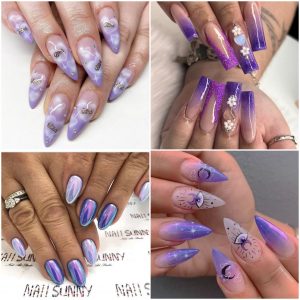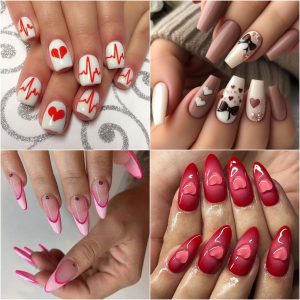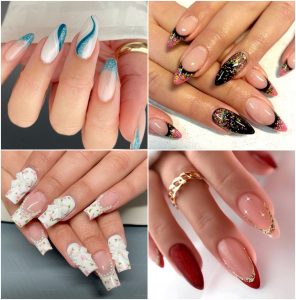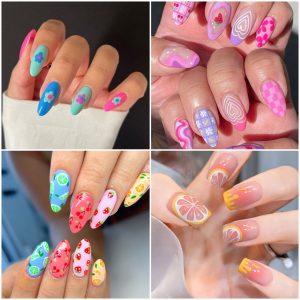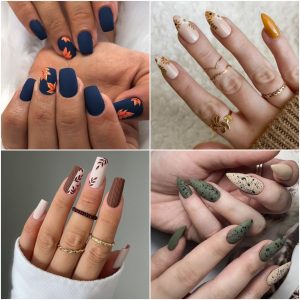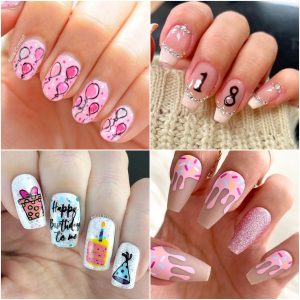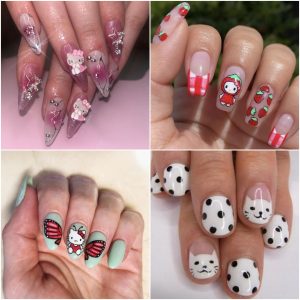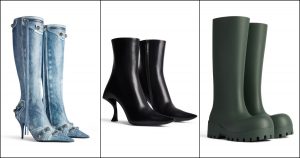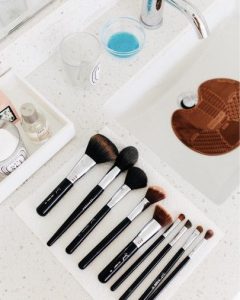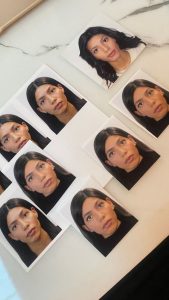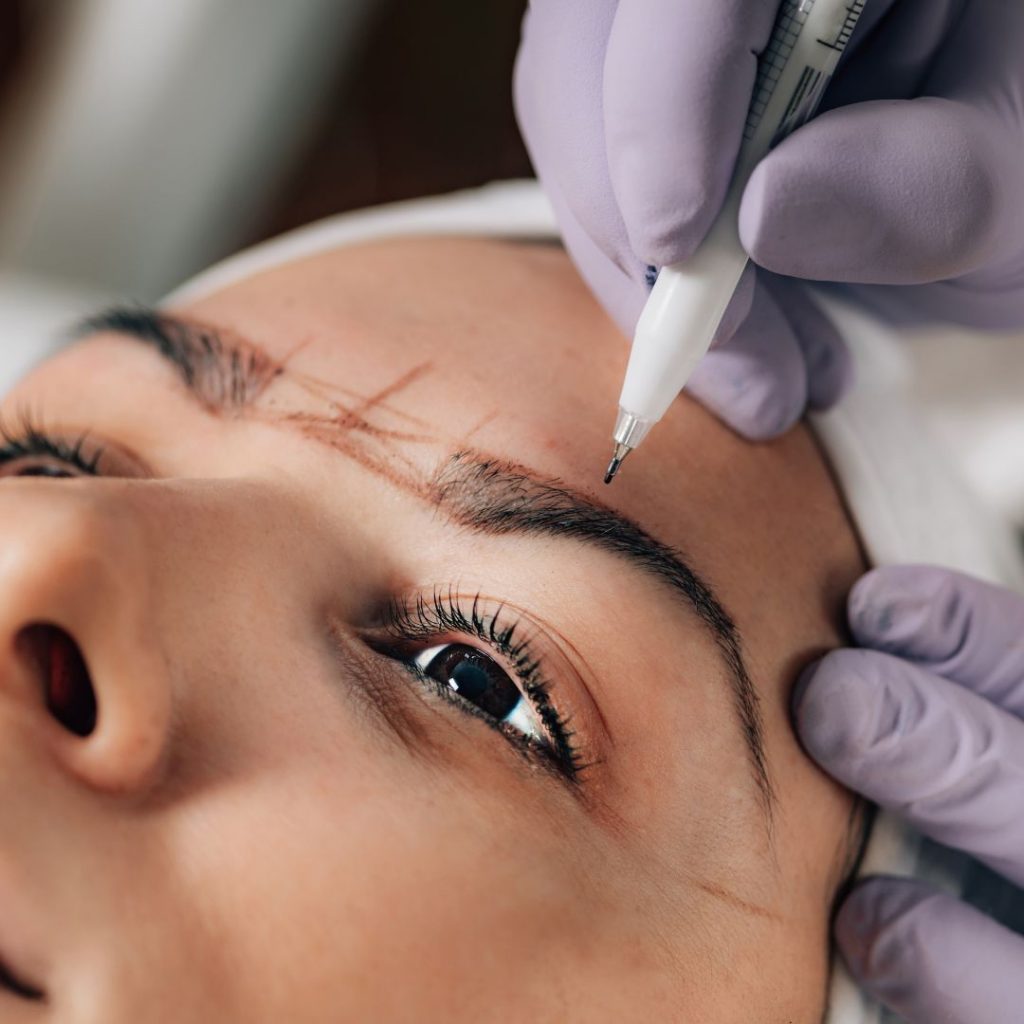
Having perfectly shaped eyebrows has become an essential part of every woman’s beauty routine. Thankfully there are so many advanced techniques to achieve the perfect eyebrow without the daily struggles of using eyebrow pencils and gels.
One of the most natural-looking techniques, microblading, has come to the rescue of many who barely have eyebrows to work with or who have no patience to draw and fill in their brows every day.
If you are new to microblading, you wnat to read this post to the end. You will learn everything there is to know about microblading to help you decide whether it’s a procedure you want to try out.
Microblading is a cosmetic tattooing technique that involves using a handheld tool (microblade) to create thin, hair-like strokes on the skin to fill in the eyebrows. This technique can help to create the appearance of fuller, more defined eyebrows.
Even though it is a relatively newer technique, microblading has taken the beauty space by storm in the last few years. Compared to eyebrow tinting, it gives a more natural-looking appearance. It is also more long-lasting, taking up to three years before fading.
The procedure is considered to be relatively low-risk.
The entire micro blading process takes up to two hours from start to finish. Immediately after the treatment, the eyebrows appear darker but fade over time.
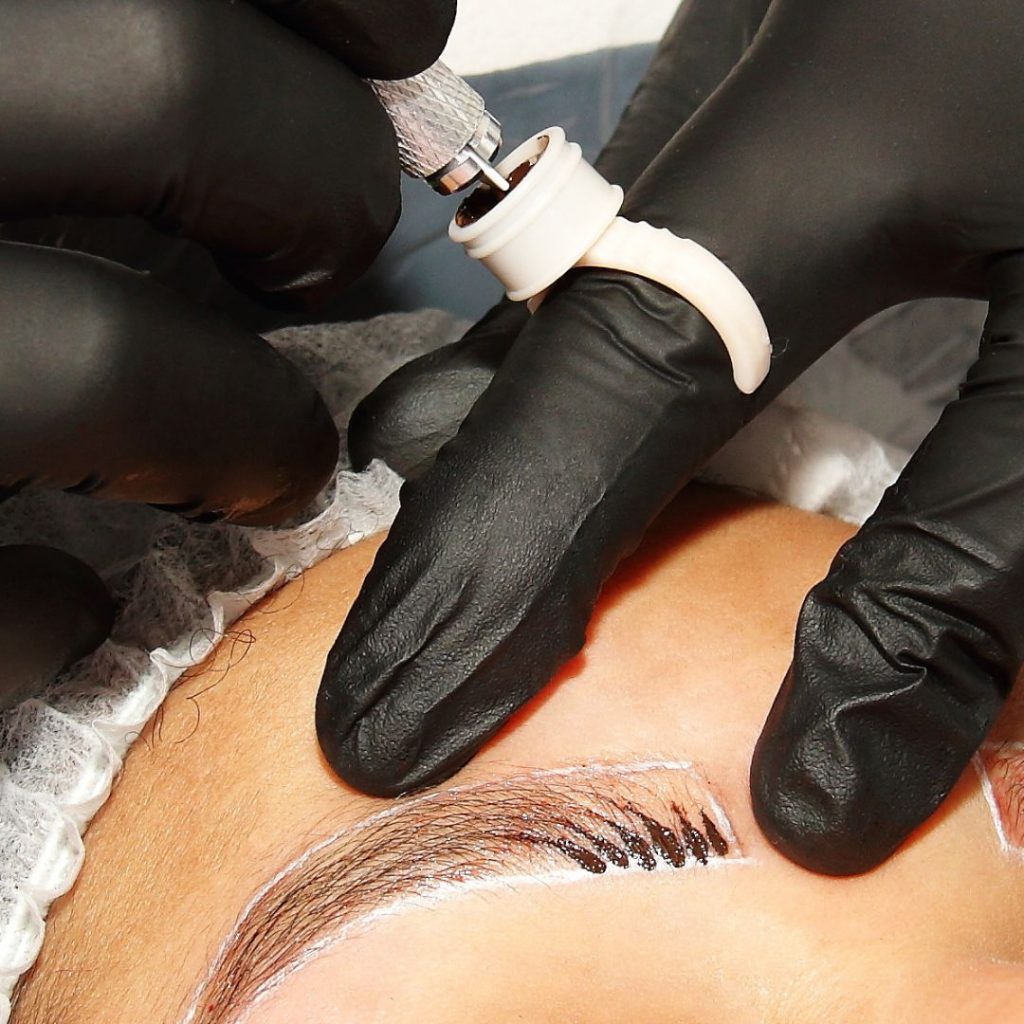
Microblading must be done by highly skilled and licensed estheticians. Before settling on one, check their credentials. They should be accredited by either the American Association of Micropigmentation or the Society of Permanent Cosmetic Professionals.
Some people may find microblading to be painful, while others may not. The level of discomfort that someone experiences during the procedure can vary depending on their individual pain tolerance and the skill of the technician performing the procedure. In general, however, microblading is considered to be a relatively low-pain cosmetic procedure. The technician will typically use a numbing cream to help minimize any discomfort during the procedure.
It typically takes about one to two weeks for microblading to heal completely. During this time, it’s important to keep the area clean and avoid getting the eyebrows wet or applying any makeup to the area. After the initial healing period, it can take several weeks for the pigment to settle into the skin fully and for the final results to become visible.
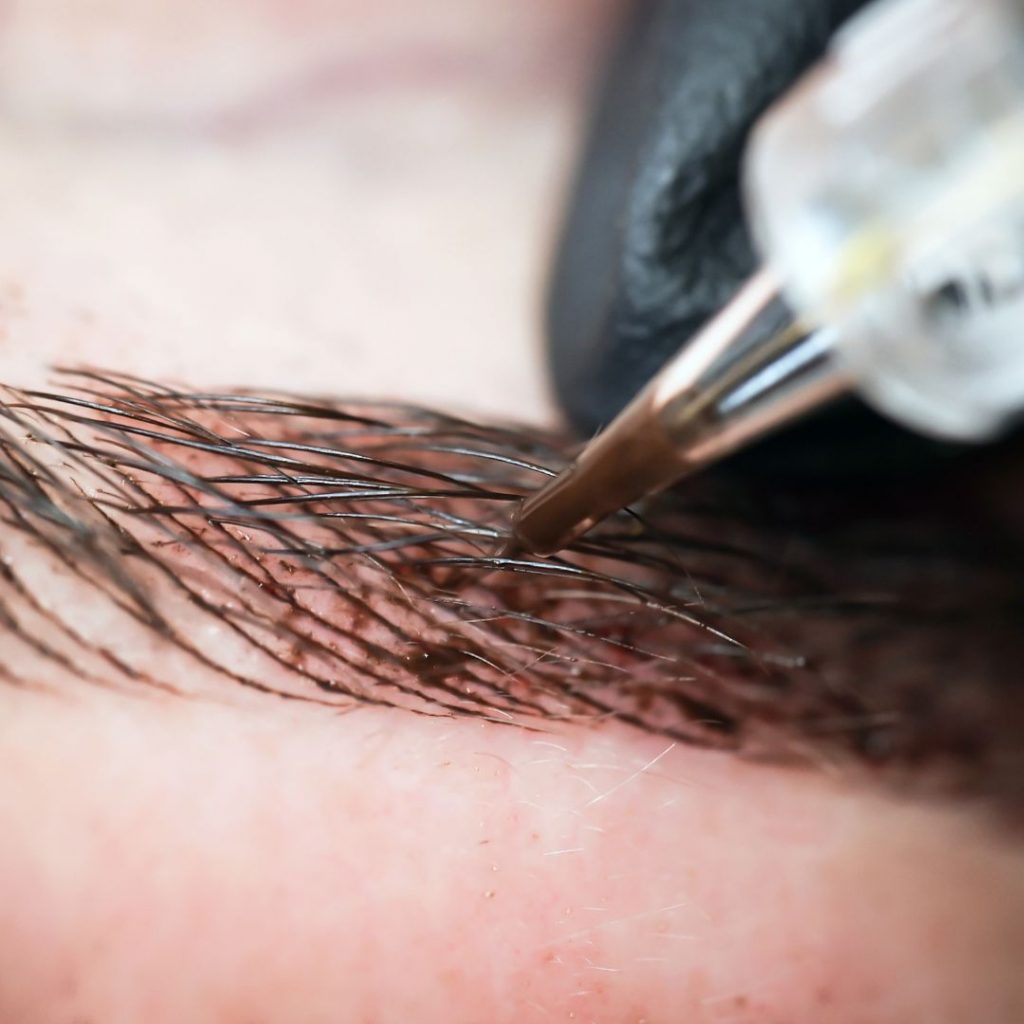
The cost of microblading can vary depending on a number of factors, including the location, the experience level of the practitioner, and the desired results. On average, however, microblading can cost between $300 and $700. Some practitioners may charge more or less than this, so it’s always a good idea to do your research and shop around to find the best price for you.
Microblading is generally considered safe when performed by a trained and licensed practitioner. However, as with any cosmetic procedure, there are some risks involved. The most common complications associated with microblading include infection, allergic reactions to the pigment, and scarring.
It’s important to research the practitioner you choose carefully and to follow all aftercare instructions to minimize the risk of complications.
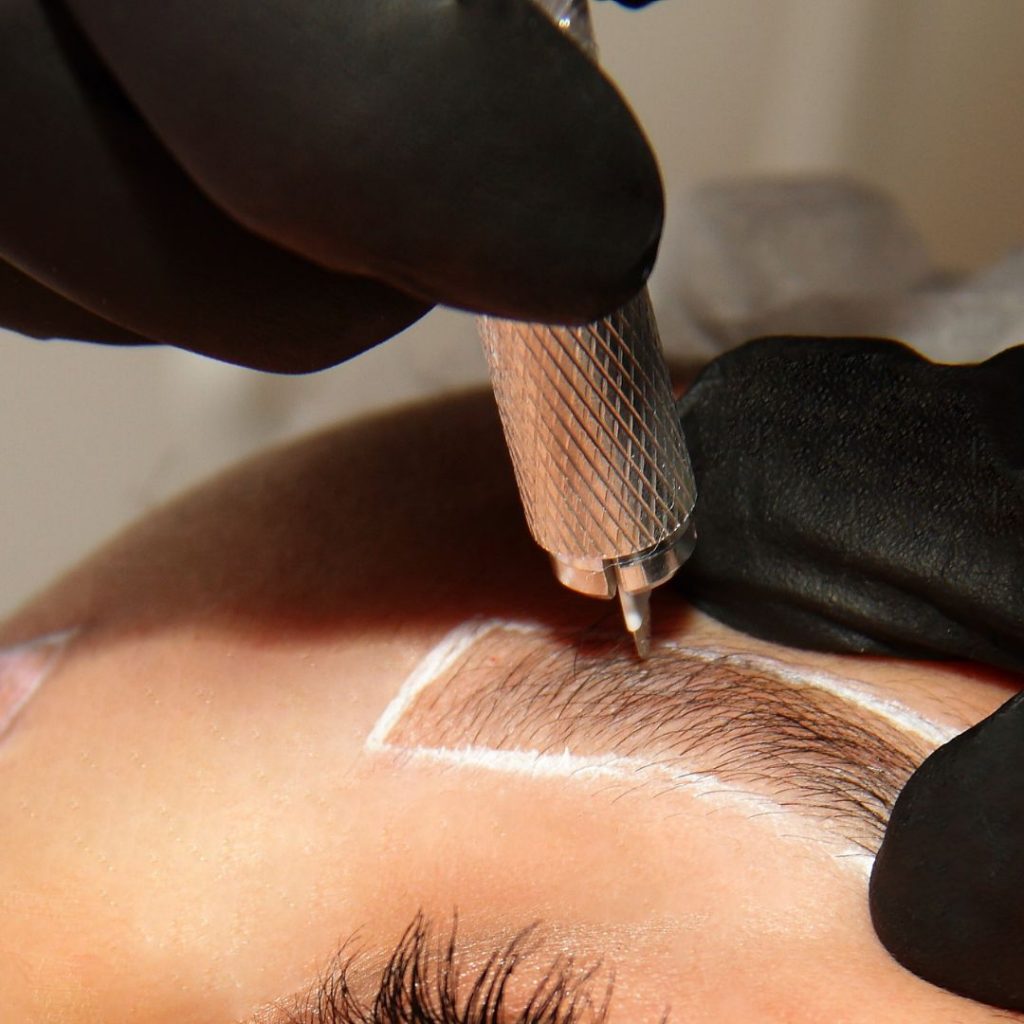
How long microblading results can last depends on several factors. These can include the quality of the pigment used, the skill of the practitioner, and the individual’s skin type and aftercare routine.
On average, microblading results should last for one to three years before needing to be redone. You will, however, need touch-up treatments in-between to maintain desired results.
To extend the longevity of your microblading results, it’s important to avoid direct sun exposure and to use sunscreen on the treated area.
Here are some steps you can take to prepare for your microblading appointment:
By following these steps, you can help ensure that your microblading appointment goes smoothly and you get the results you want for longer.
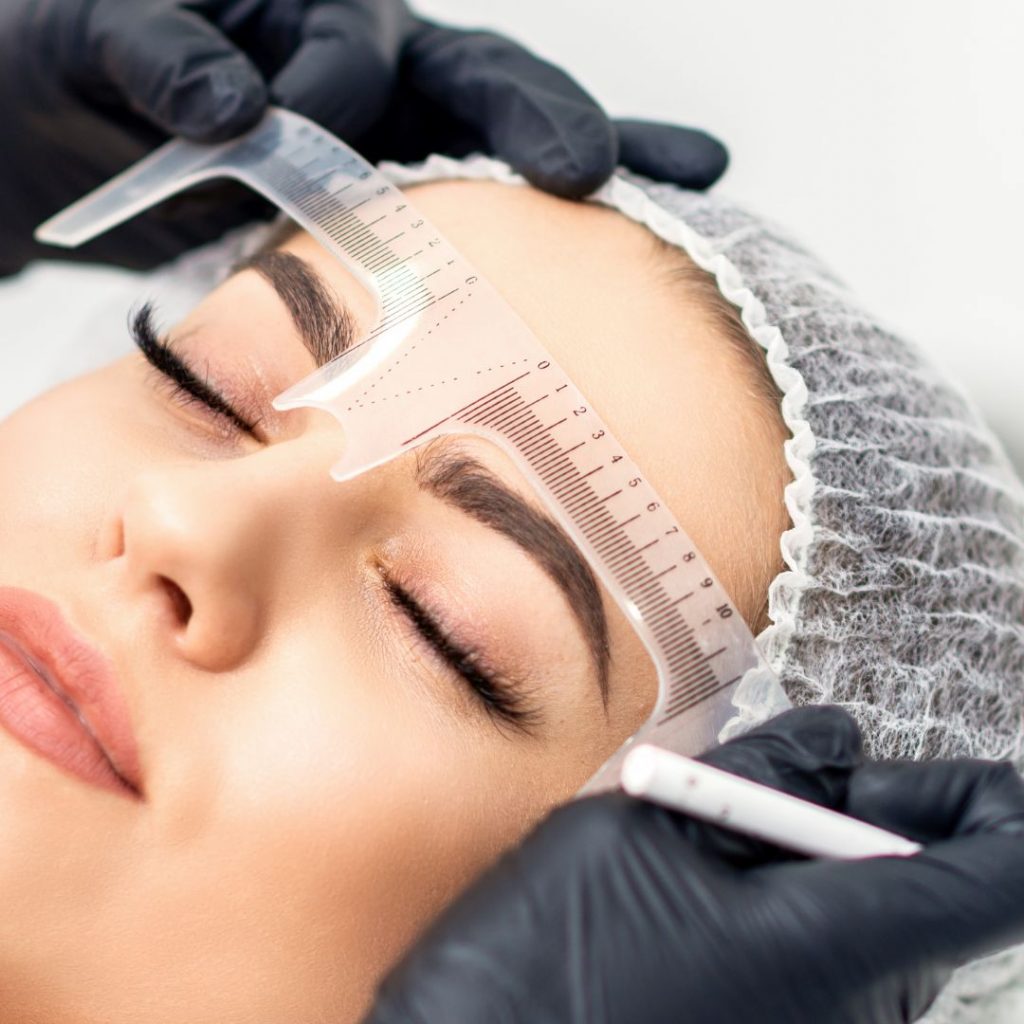
Microblading, eyebrow tinting, and microshading are all techniques used to enhance the appearance of eyebrows. Since a lot of people tend to confuse these techniques, we thought it’s important that we talk about their difference:
Microblading is a form of tattooing in which a small handheld tool is used to deposit pigment into the skin. The artist uses a fine blade to create hair-like strokes that mimic natural eyebrows. The results can last for up to two years before fading.
Eyebrow tinting is a cosmetic procedure that involves dyeing the eyebrows to a darker color. The dye is applied to the eyebrows using a small brush, and the results can last for several weeks before fading. Read more about eyebrow tinting here.
Microshading, also known as powder brows, is a technique that uses a small handheld tool to apply a gradient of pigment to the eyebrows. The pigment is applied in a way that creates a powdery, shaded effect, giving the eyebrows a fuller, more defined appearance. The results can last for up to two years before fading.
Overall, the main difference between these techniques is the way the pigment is applied to the eyebrows, the eyebrow look achieved, and how long each lasts. Microblading creates hair-like strokes, eyebrow tinting uses dye to darken the brows, while microshading creates a shaded effect. The choice of technique will depend on your personal preferences and the look you want to achieve.
There are several potential disadvantages to microblading. These can include:
Microblading is a form of tattooing, and like any tattooing procedure, it can be painful. The level of discomfort can vary depending on individual pain tolerance, but many people describe it as similar to the feeling of plucking eyebrows. A numbing cream can be applied before the procedure to help reduce discomfort.
Any time the skin is punctured, there is a risk of infection. Choosing a reputable, experienced microblading artist who uses sterile tools and follows proper hygiene practices to minimize this risk is therefore important.
Some people may have an allergic reaction to the pigment used in microblading. This can cause redness, swelling, and itching at the site of the tattoo.
Microblading is a skill that requires training and experience. If the artist is not skilled or experienced, the results can be uneven, patchy, or unnatural-looking.
Microblading can be expensive compared to other methods of eyebrow enhancement. Prices can vary depending on the location, the artist’s experience, reputation, and the complexity of the design, but it is typically more costly than other methods, such as eyebrow pencils or gels.
The pigment used in microblading fades over time, so regular touch-ups are usually needed to maintain the desired look. This can add to the overall cost of the procedure.
If you are not happy with the results of your microblading, removing the pigment can be difficult and may require multiple treatments. It is important to carefully consider the potential risks and drawbacks before deciding to undergo microblading.
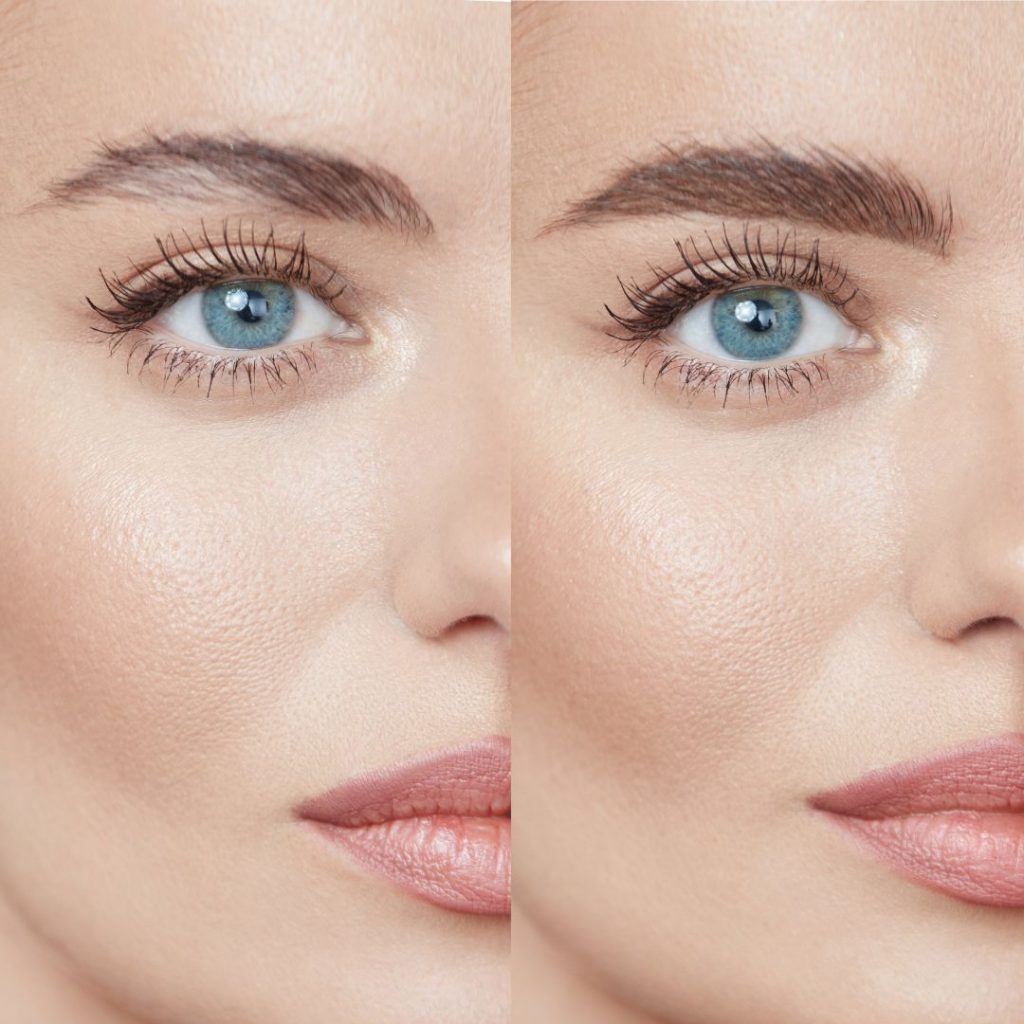
Here are some general aftercare tips for microblading:
It is important to follow the aftercare instructions provided by your microblading artist to help ensure the best possible results and avoid complications. If you have any concerns or questions, be sure to contact your artist for advice.
Try again
Here are some do’s and don’ts of microblading:
Do’s:
Don’ts:
Overall, it’s important to carefully consider whether microblading is right for you and to follow your microblading artist’s instructions for the best results.
Whether or not microblading is worth it will depend on your personal preferences and priorities. It is no doubt that microblading can help you achieve a natural-looking, fuller brow appearance that can last for up to two years before fading. This can be a significant time and money savings compared to other methods of brow enhancement, such as pencils, gels, or powders, which need to be applied daily.
On the other hand, though, it can be expensive compared to other methods of brow enhancement. Even though prices vary depending on the location, the artist’s experience and reputation, and the complexity of the design, it is typically more costly than other methods.
Also, regular touch-ups are usually needed to maintain the desired look after microblading, which can add to the overall cost of the procedure.
That said, we think it is a good option for people with thin or sparse eyebrows who want to create a more defined, youthful look or people with uneven, patchy brows who want a more symmetrical appearance.
It is also a great alternative for people who want a natural-looking, long-lasting brow enhancement without the daily hassle of applying makeup. As you decide whether it is worth a shot or not, remember to carefully consider the potential risks and drawbacks before deciding to undergo the procedure.















